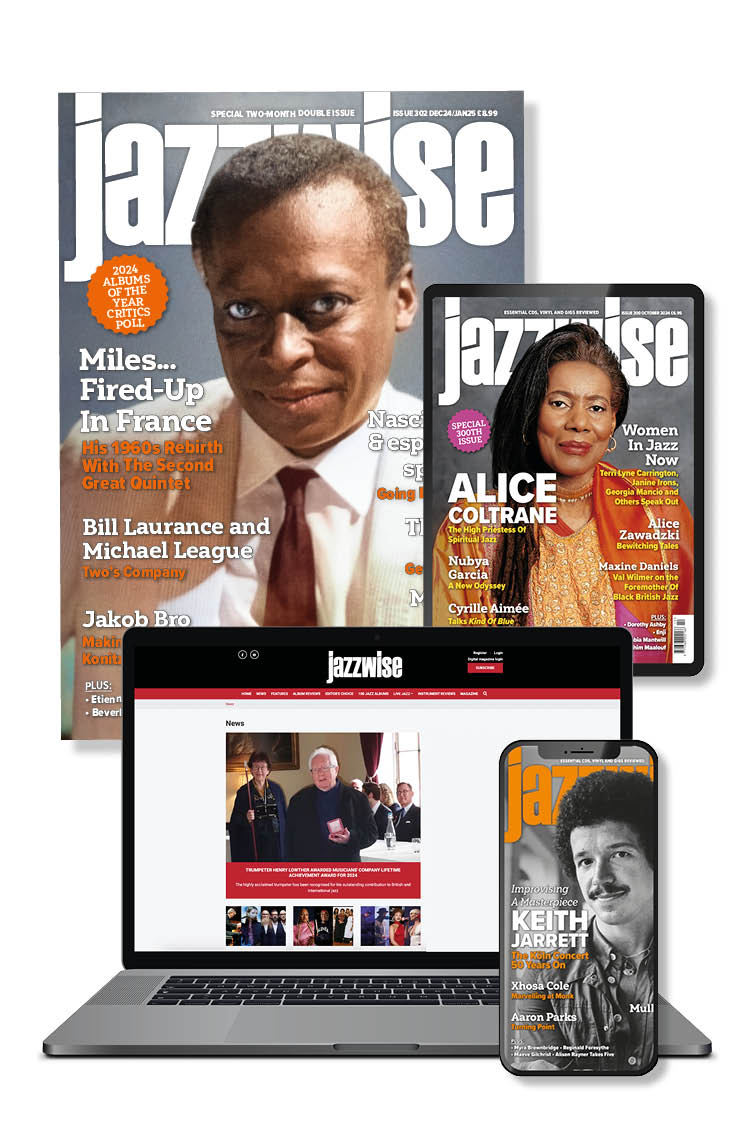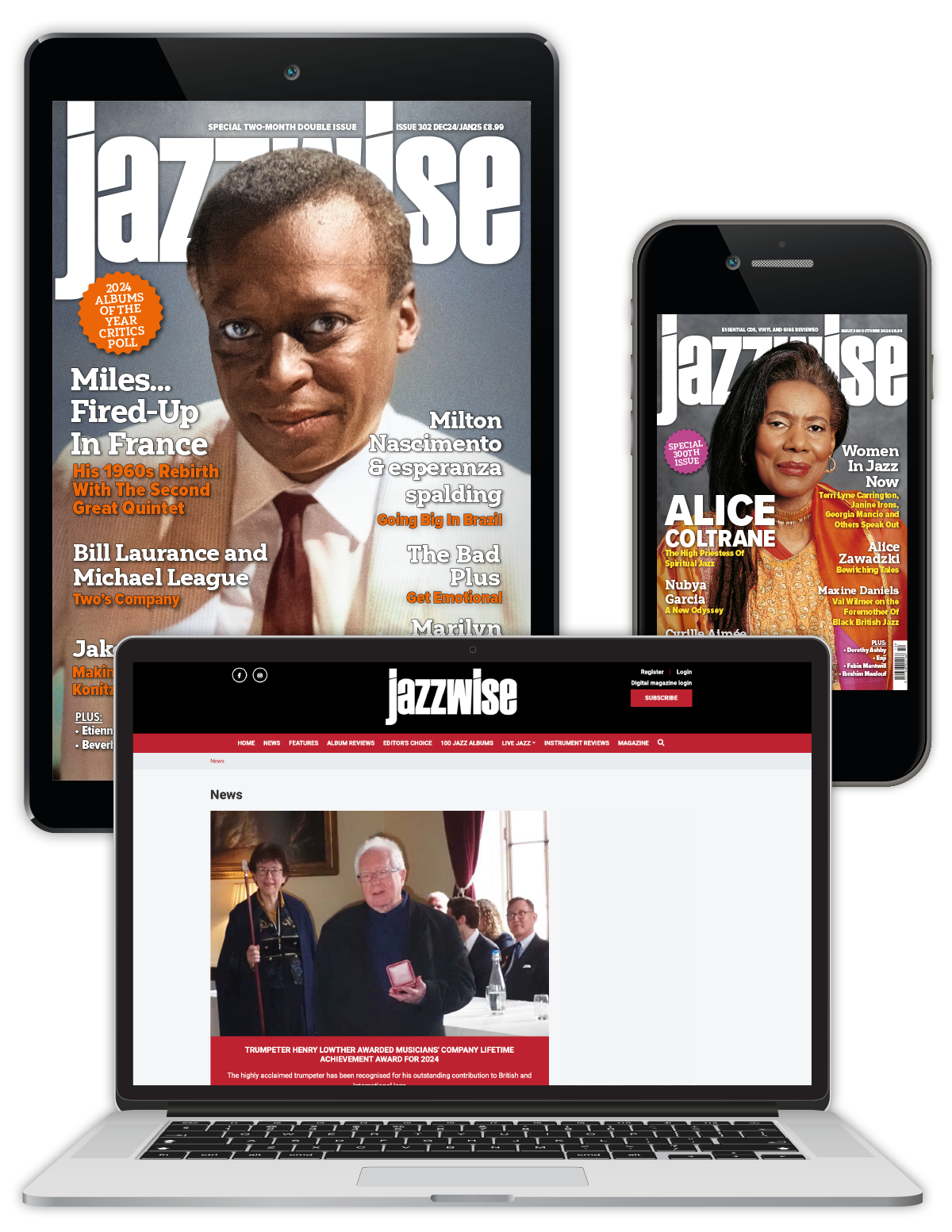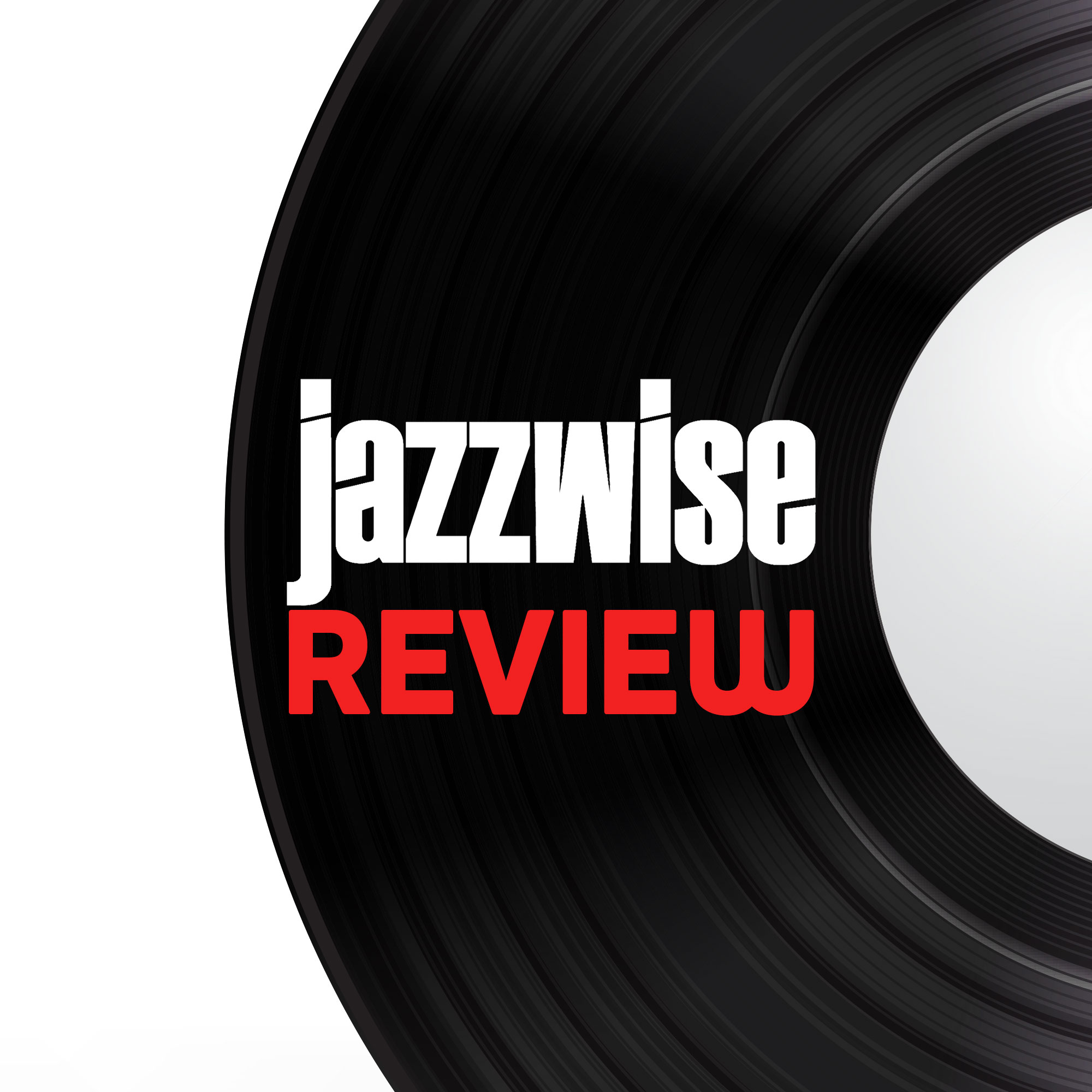Album Interview: Jeff Ballard: Fairgrounds
Author: Stuart Nicholson
View record and artist detailsRecord and Artist Details
Musicians: |
Pete Rende (ky) |
Label: |
Edition |
Magazine Review Date: |
Feb/2019 |
RecordDate: |
2018 |
Jeff Ballad has a curriculum vitae as long as your arm, touring and recording with a host of notable names in the jazz firmament, such as Ray Charles, Brad Mehldau, Pat Metheny and Chick Corea. On Fairgrounds, his second album as a leader (his first was Time’s Tales from 2014 with Lionel Loueke and Miguel Zenón), he jumps headlong into the world of improvised electronic music, with a series of (largely) spontaneously conceived episodes, that often take the form of improvising with textures against rhythms both implied and explicitly stated, with solos woven into the sonic weft and weave they create. Some tracks provide interesting, if not particularly riveting, listening (such as tracks two and five), but overall it is difficult to discern the centre of this album beyond a series of improvised episodes, each a thing-in-itself. There is value, perhaps, for music to abandon some of its own rules to ensure its continued mysteriousness. Here form is jettisoned in favour of open-ended interaction, and while tonality itself is preserved – non-developing harmonies are given interest by melodic arabesques, motifs and electronic gestures related to the flow of the music in many pieces. Contrasts are offered with the appearance of a vocal interlude, or Loueke singing in octaves with his guitar (àlaSlam Stewart in the 1940s), or a saxophone solo, each providing tantalising incidents of direction before receding beneath the shimmering electronic crosscurrents. So mystery wins out, which is perhaps a virtue in an era when so much music comes plainly labelled.
Jazzwise spoke to Jeff Ballard about the album
The album features many stand-alone songs that seem to work on their own – is that because, in our singles-led, playlist culture world, you consider the ‘album-listening experience’ dead?
No, not at all. I know what you mean about the ‘playlist world’ and a lack of patience to listen to a whole record, but that was not a consideration when I was putting the tracks together for this album. In fact, as different as the pieces are from each other, they were picked and put in their order because I felt they had a complimentary flow energy-wise. Maybe this diversity and multiplicity of vibes which the music goes through is what may seem disjointed, fragmented or ‘standalone’ to someone and not in that more traditional album sense. I really gave no instructions to the players other than each musician should feel free from any thoughts of musical obligations. “Do what you want to do.” There was really no repertoire either.
How do you envisageFairgroundsto be consumed by the end user – as foreground music, or backgrounded music consumed ‘on the go’ via iPod or smartphone and does one or other mode of listening influence your approach in the studio?
As diverse as the album’s songs are I do think that the recording can be listened to as a whole. There is a journey from the opening track to the last. But of course the tunes can be, and will be, selected in a personal way by the listener as well. It’s all up to taste, right? I don’t see songs like ‘Twelv8’ or ‘Miro’ as background music, but I can easily see someone listening to [the other songs] while on the go, in the car, on a plane, cooking lunch… The way that people listen to music nowadays did not influence me at all in my approach to making this recording. In the end, I just hope folks like it.
The spontaneous element develops in a similar way toBitches Brew– different electronic sounds, different time, of course – but the emphasis is on texture and mood interpolated with solos just the same. Do you see yourself positioning your music in this more spontaneously conceived way?
Yes. This entire project is about ‘the spontaneous’ and ‘the reaction’. The developmental and/or non-developmental. It’s about order and chaos living in the same time and place and discovering what happens, what it does. It is about the musicians’ immediate reactions to what the other guy plays in the moment on the gig. And this spontaneity also applies to the production stage of it as well. For example, creating pieces with the material I had, making a tune in post-production. ‘Cherokee Rose’ and ‘Twelv8’ are like that. They were songs made after the fact.

Jazzwise Full Club
- Latest print and digital issues
- Digital archive since 1997
- Download tracks from bonus compilation albums throughout the year
- Reviews Database access
From £9.08 / month
Subscribe
Jazzwise Digital Club
- Latest digital issues
- Digital archive since 1997
- Download tracks from bonus compilation albums during the year
- Reviews Database access

